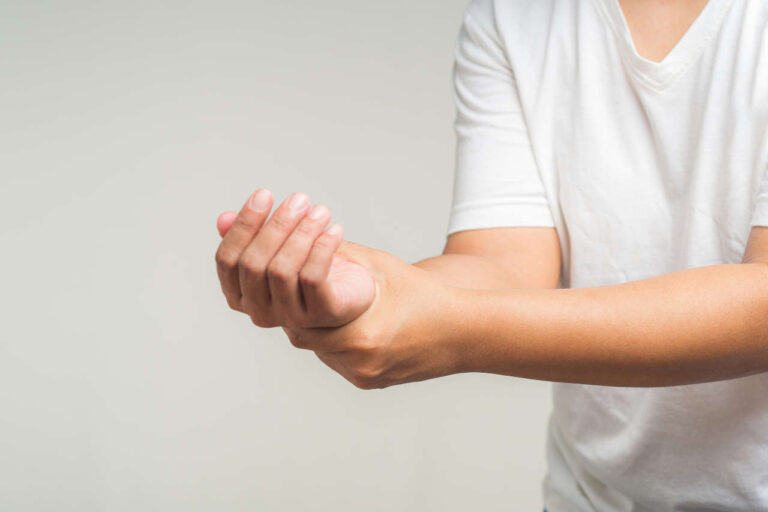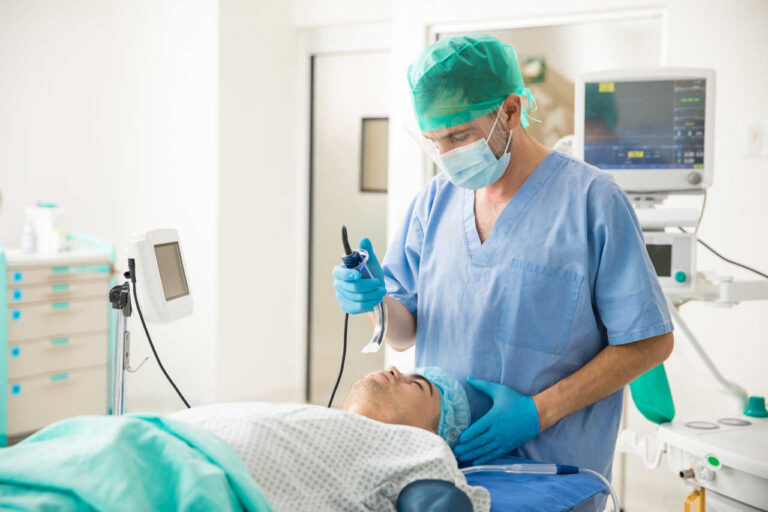
Bệnh nhược cơ mắt (OMG) là một phân nhóm của bệnh nhược cơ (MG) đặc trưng bởi sự suy yếu của các cơ cụ thể chịu trách nhiệm điều chỉnh chuyển động của mắt và mí mắt. Không giống như nhược cơ nặng, ảnh hưởng rộng rãi đến các cơ xương mà bạn có thể kiểm soát, trong nhược cơ mắt, chỉ các cơ xung quanh mắt và mí mắt bị ảnh hưởng. Yếu cơ mắt có thể dẫn đến sụp mí mắt (ptosis), song thị (nhìn đôi) và mờ mắt.
Nói chuyện với một chuyên gia
Về Trợ cấp đồng thanh toánTrong khoảng 20 – 60% trường hợp, bệnh nhược cơ mắt có thể tiến triển thành bệnh nhược cơ toàn thân, trong đó tình trạng yếu cơ phát triển ở các vùng khác trên cơ thể như tay, chân hoặc cổ họng.
Trong bài viết này, chúng ta sẽ thảo luận về những điều cơ bản của OMG, cách bệnh xảy ra, các triệu chứng, chẩn đoán và các phương pháp điều trị hiệu quả.
Những điều cơ bản về bệnh nhược cơ mắt
Bệnh nhược cơ mắt là một tình trạng tự miễn dịch trong đó hệ thống miễn dịch của bạn sản sinh ra các kháng thể tự động nhắm vào và phá hủy kết nối giữa tế bào thần kinh và tế bào cơ.
Nhìn chung, khi một người khỏe mạnh muốn cử động hoặc chớp mắt, não sẽ gửi các xung động hoặc tín hiệu thần kinh. Các đầu dây thần kinh sau đó giải phóng một chất gọi là acetylcholine, chất này bám vào thụ thể của nó trên cơ mắt và gây ra sự co cơ.
Tuy nhiên, trong hội chứng OMG, các tự kháng thể này chặn các vị trí thụ thể acetylcholine và do đó ngăn cản tín hiệu đến cơ mắt để co lại. Do đó, cơ mắt dễ bị mỏi.
Những triệu chứng phổ biến là gì?
Người mắc hội chứng OMG gặp vấn đề về thị lực do mí mắt sụp xuống hoặc nhìn đôi. Hai mắt không chuyển động cùng nhau một cách cân bằng, do đó một vật thể có thể được nhìn thấy như hai hình ảnh thay vì một. Tương tự, khi mí mắt sụp xuống và che phủ một phần hoặc toàn bộ đồng tử, tầm nhìn sẽ bị hạn chế.
Tình trạng yếu mắt có thể thay đổi theo từng ngày, và các triệu chứng này có thể trở nên trầm trọng hơn nếu mắt bị căng thẳng trong thời gian dài. Tuy nhiên, tình trạng yếu mắt có thể được cải thiện tạm thời nếu bạn nghỉ ngơi và nhắm mắt khi các triệu chứng trở nên khó chịu.
Những người mắc bệnh nhược cơ mắt KHÔNG gặp khó khăn khi thở, nói hoặc nuốt, cũng không bị yếu ở tay hoặc chân.
Bệnh nhược cơ mắt được chẩn đoán như thế nào?
Chẩn đoán bao gồm sự kết hợp giữa đánh giá lâm sàng, các xét nghiệm chuyên khoa và xem xét tiền sử bệnh của bệnh nhân. Sau đây là một số xét nghiệm mà bác sĩ tiến hành để chẩn đoán OMG:
- Xét nghiệm máu để kiểm tra mức độ tăng cao của kháng thể tự miễn
- Kiểm tra thần kinh điện để ghi lại các tín hiệu điện được gửi đi cùng với chuyển động cơ
- Kích thích thần kinh lặp đi lặp lại
Nhận hỗ trợ đồng thanh toán IVIG
IVIG Ủy quyền trướcBạn có thể điều trị bệnh nhược cơ mắt bằng cách nào?
Phương pháp điều trị có thể khác nhau tùy theo từng người và tùy thuộc vào mức độ nghiêm trọng của các triệu chứng.
Trong hầu hết các trường hợp, bác sĩ sẽ kê đơn một loại thuốc gọi là thuốc ức chế cholinesterase như Mestinon (pyridostigmine bromide). Thuốc giúp tăng nồng độ acetylcholine để truyền tín hiệu đến cơ bắp vận động. Nếu thuốc này không hiệu quả, hãy dùng steroid đường uống như prednisolon hoặc khác thuốc ức chế miễn dịch được khuyến nghị để ức chế hệ thống miễn dịch. Các lựa chọn điều trị khác bao gồm:
- Globulin miễn dịch tiêm tĩnh mạch (IVIG)
- Trao đổi huyết tương
- Liệu pháp kháng thể đơn dòng sinh học
- Phẫu thuật (cắt tuyến ức hoặc sửa chữa sụp mí mắt)
Nhìn chung, tiên lượng là tốt và các triệu chứng có thể kiểm soát được.
Phần kết luận
Nhược cơ mắt là một tình trạng tự miễn dịch ảnh hưởng đến chức năng của các cơ kiểm soát chuyển động của mắt và mí mắt. Tình trạng này dẫn đến các vấn đề về mắt như nhìn đôi hoặc sụp mí mắt. Tuy nhiên, một khi được chẩn đoán và điều trị, thuốc có thể giúp kiểm soát tình trạng bệnh và cải thiện chất lượng cuộc sống.












